Not long ago, China released the white paper “2021 China’s Aerospace”, which not only comprehensively summarized the brilliant achievements of my country’s aerospace industry in 2021, but also made a pragmatic plan for the development of the aerospace industry in the next five years. Among them, launching robotic aircraft to asteroids, building space telescopes comparable to Hubble, and gravitational wave detectors are all involved, making the world once again impressed.
Judging from the overall aerospace development trend in the world, there are five major areas that have attracted the common attention of various aerospace powers and astronomical research institutions. In these five areas, China has responded in the above-mentioned white paper, and has specific goals. , measures and time frames.
The preparations for the Shenzhou 14 and 15 manned launch missions have basically been completed, and the final debugging is being carried out as planned.
At the same time, on Mars and on the moon, the close neighbors of the earth, the Zhurong rover and the Yutu-2 lunar rover are still working around the clock.
The achievements of large-scale aerospace projects such as Chang’e, Tianwen, and Tiangong Space Station have been continuously achieved.
Detect Asteroids
China will launch an asteroid probe in 2024. The probe, named after Zheng He, is my country’s first asteroid probe. It will follow Japan’s successful Hayabusa mission and NASA’s In the footsteps of the OSIRIS-Rex probe, a soft-landing on a quasi-satellite (one of HO3 or Kamo’oalewa) orbiting the Earth, and sampling on a stationary asteroid, then around 2026 Return to Earth with the collected samples.
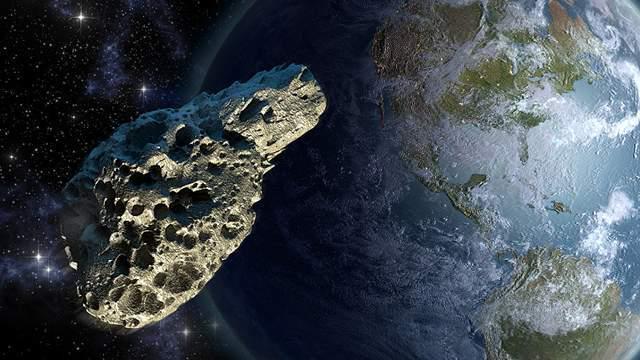
This research will have a very important role in understanding the state of the early solar system and studying the characteristics of icy comets with asteroid-like orbits. After releasing the sample capsule, the Zheng He probe kept going and chose the right time to set off again between the Earth and Mars to go to a more distant deep space to detect the comet 113P/PANSTARRS.
Moon base construction plan
The Chang’e 5 exploration project successfully brought lunar samples back to Earth, becoming a country that has brought lunar soil back to Earth since the 1970s. Over the next five years, China will go a step further and focus on three other lunar exploration missions, all of which will study the moon’s south pole, and consider building a lunar base there.
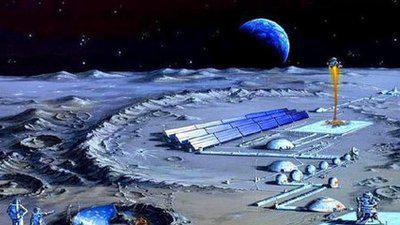
The first mission is to launch Chang’e 7 ahead of 2024, and its main mission is to conduct a detailed survey of the moon’s south pole, including mapping the distribution of ice in its shadowy craters.
The second mission is Chang’e 6, which will follow Chang’e 7 and bring back soil samples from the moon’s south pole to further study the moon’s evolutionary history, as well as the potential “fuel” contained in the moon’s south pole soil. analysis, thus laying a solid foundation for the construction of a lunar base.
The third mission is Chang’e 8, which is planned to be launched in 2030. This is the key content of the lunar plan after 2025. It is mainly to test the key technologies of the manned international lunar research station, and at the same time, the curtain of the construction of the lunar base is officially raised. . Among them, the preliminary work is mainly carried out by China and Russia to jointly build a lunar research base.
Deep Space Exploration Program
In May last year, the “Tianwen-1” Mars probe carried the “Zhurong” rover and successfully landed in the southern area of the Utopia Plain in the northern hemisphere of Mars, realizing my country’s first leap into interplanetary space. In the next step, my country will further deepen the exploration of Mars. It plans to launch a new Mars probe in 2028. The main goal is to complete the collection of samples on Mars and bring them back.
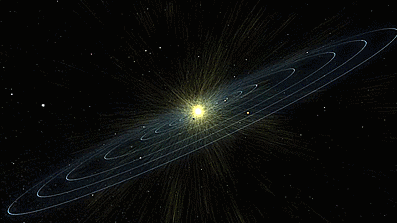
In addition, in the white paper, plans to explore the solar system are also listed. In the next five years, the key technology research to explore Jupiter and its moons will be completed, and there is great hope that the implementation will begin in 2029.
At the same time, the research on the boundary of the solar system – the heliosphere will also be carried out simultaneously. At present, only Voyager 1 and 2 have sent back weak signals from there. Because of the focus of exploration of these two “ancient” probes that year It is not in the heliosphere, so limited by technical conditions and the distance is too far, and there is no more valuable data to be sent back, therefore, the planned exploration of the heliosphere, and NASA’s Europa Clipper mission , together with the JUICE mission of the European Aviation Agency, all have high hopes.
Survey Space Telescope
After the Tiangong Space Station is fully completed, the development, launch and deployment of the Sky Survey Telescope will be started. Although this telescope in my country is smaller than the upcoming Hubble Telescope, its field of view is more than 300 times larger than that of Hubble. The imaging resolution is basically the same as that of Hubble, so the survey telescope will be able to detect a wider space than Hubble.
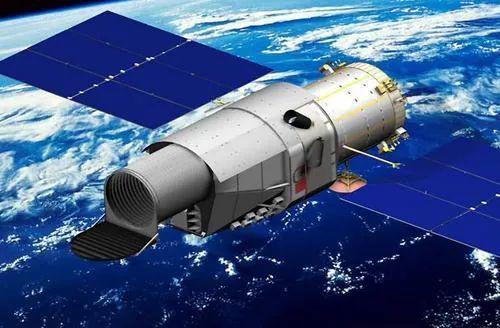
In order to better maintain the sky survey telescope, with the help of the Tiangong space station platform, the launch strategy of the sky survey telescope was changed from the running orbit parallel to the space station to the docking with the space station, so that it specially formed a “sky survey optical module”. It is expected that the survey telescope will be put into use in 2023, and the deep space will be launched in 2024, which will play a very important role in promoting more extensive astronomical surveys to gain a deeper understanding of the history and evolution of the universe.
Gravitational wave detection
China plans to launch a space-based gravitational wave detector named “Tai Chi” around 2030. The launch of the initial pilot satellite was successfully completed in 2019. It is expected that around 2024, two more satellites will be tested. The launch of these satellites is bound to clear technical obstacles for the “Tai Chi” mission.
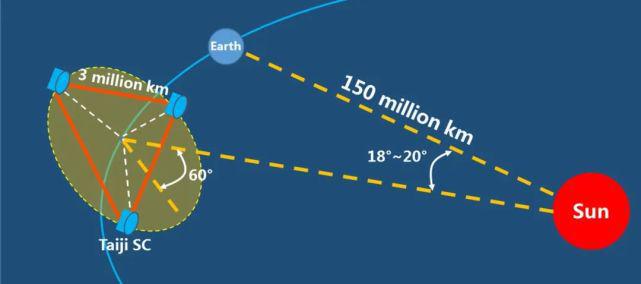
After the launch of the “Taiji” space-based gravitational wave detector, it will observe gravitational waves at a lower frequency than the current gravitational wave detectors such as LIGO on the ground, which will effectively improve the detection of cosmic black holes, early black holes, and massive celestial bodies. The probability of extreme celestial bodies and events such as impacts. ESA has also been working hard to implement their space-based gravitational wave detection project-LISA, but the final launch time is around 2037, which is undoubtedly ahead of the international aerospace field.

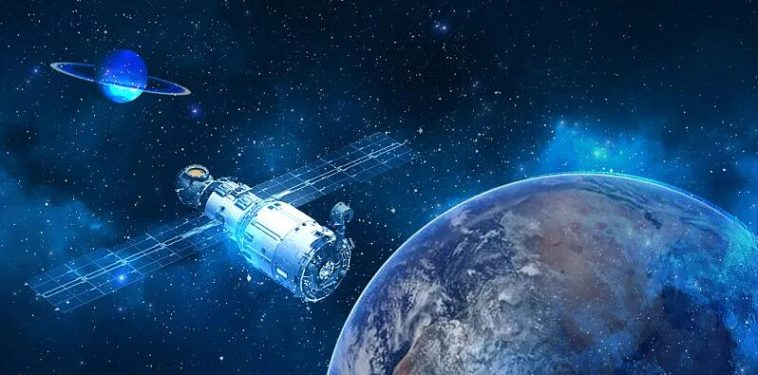


GIPHY App Key not set. Please check settings